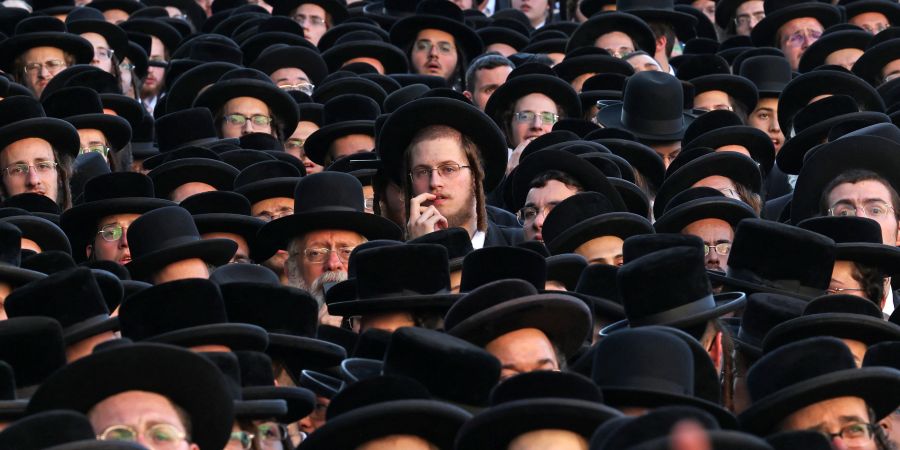Israel Issues 7,000 New Draft Orders for Ultra-Orthodox Members
- 04/11/2024
- 5 comments
- 36
- 125


This is Beirut 20:25

This is Beirut 19:50

Tarek Karam 14:30

Michel Touma 10:15

This is Beirut 09:45

This is Beirut 21:25

This is Beirut 19:30

Tylia El Helou 18:20

This is Beirut 17:30

This is Beirut 16:50
Rayan Chami 19:15
Chelsea Al Arif 10:55
Tylia El Helou 03/11 21:50
Chelsea Al Arif 03/11 19:15

This is Beirut 19:25

This is Beirut 17:30

Christiane Tager 01/11 20:00

Antoine Saade 01/11 16:15

Maurice Matta 01/11 11:00

This is Beirut 18:00

This is Beirut 17:05

This is Beirut 14:15

This is Beirut 14:00

Béatrice Moreau 10:50

This is Beirut 13:00

This is Beirut 09:20

This is Beirut 03/11 21:15

This is Beirut 03/11 20:30

This is Beirut 03/11 15:30

Alain E. Andrea 22/10 17:49

This is Beirut 16/10 15:40

This is Beirut 15/10 14:15

This is Beirut 12/10 10:00

Alain E. Andrea 10/10 12:00

par Ici Beyrouth, 22:05

par Ici Beyrouth, 21:55

par Ici Beyrouth, 21:25

par Ici Beyrouth, 21:00

par Ici Beyrouth, 20:45